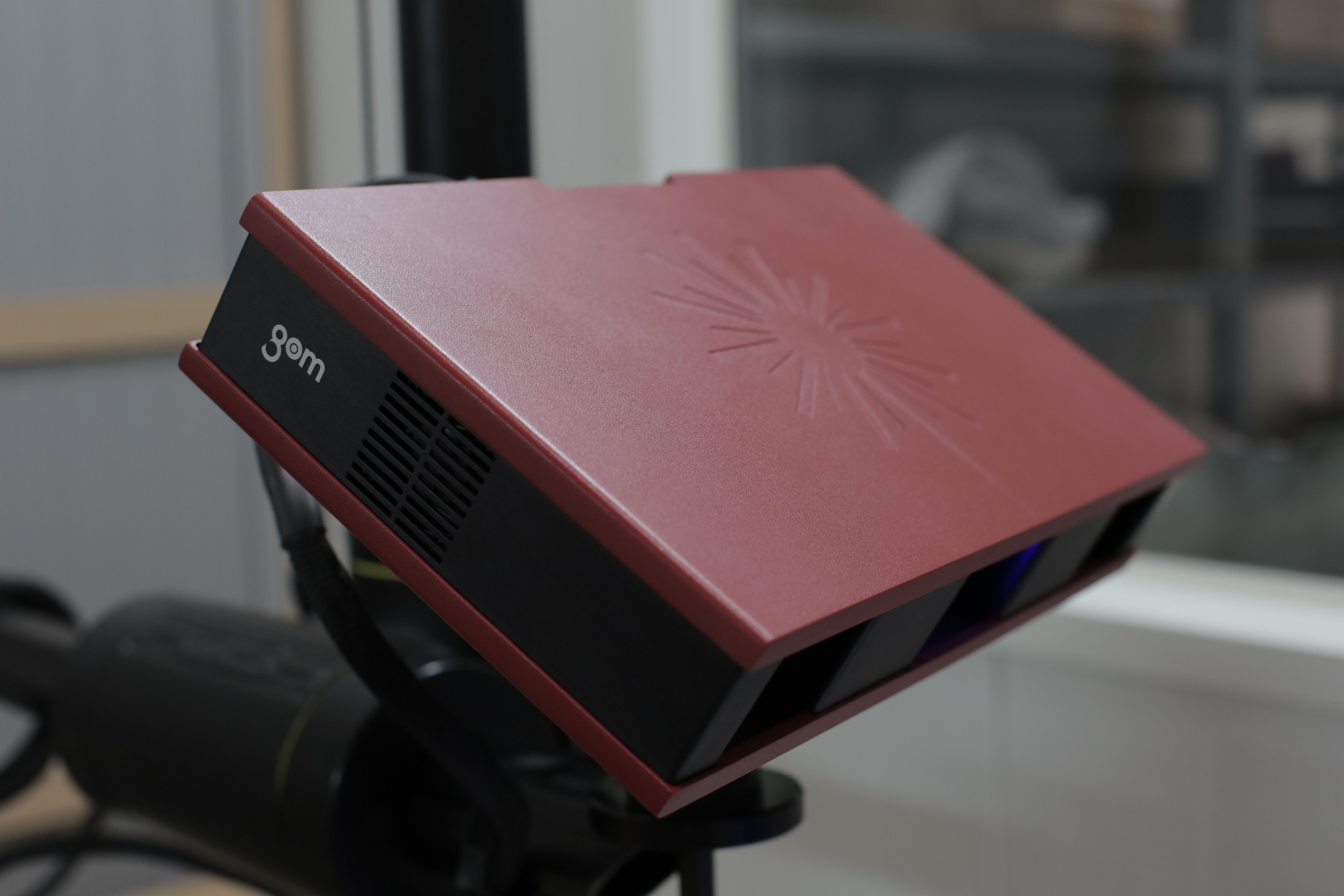3D digital technology has a huge impact on the automotive industry. In the sector where technological innovation is caused by the constant desire to remain competitive, the development of 3D printing will bring about changes in the coming years due to its huge benefits in terms of economic and production sustainability.
In the free moulding technology “Fused Deposition Modeling” (FDM), 3D printing, which was born in the late 1980s, is becoming increasingly popular. In fact, Ford has been using this technology since then in the car design phase, as it is a quick and efficient way to physically deploy components before final production.
In 2005 Professor Adrian Browyer initiated the RepRap project, a worldwide movement to self-replicate 3D printers using open source software, which brought FDM closer to the consumer world, creating new research perspectives for engineers.
Using traditional design methods, an engineer designing car parts on a computer must wait months to build a prototype. Whereas 3D printing shortens the waiting time, to such an extent that each item will be available in a few days or just a few hours, even a 1:1 scale model of the whole car at a much lower cost.
See more: Reverse engineering in Automotive Industry
Thermoplastics in 3D printing
Part specifications are transferred from the design program to the printer computer, which prints one layer of material at a time, gradually stacking them together to form a full 3D object. Thermoplastics, such as polypropylene (PP), are an ideal material for developing 3D printing and therefore an essential tool in the automotive industry's strategy to reduce a car weight.
Polypropylene is the most frequently used plastic in car production due to its weight, abrasion resistance and crash absorption capacity as well as its strength and flexibility. To exploit all its advantages, some 3D printer manufacturers have developed PP derivatives, similar to propylene, to strengthen its physical and mechanical properties.
3D technology is developing in the automotive sector. A report Automotive 3D Printing Market Size Future Prospective and Rapid Technological Advancements by Acumen Research and Consulting (ARC) forecasts a 24.6% CAGR (Compound Annual Growth Rate) growth in the automotive 3D printing market by 2026, when it will be worth $3.9 billion.
3D printing allows to work more efficiently with more personalized designs adjusted to your needs and to test different versions of the product faster and cheaper.
Lighter and more personalized cars

Large car brands such as Volkswagen, BMW, Jaguar or Land Rover use 3D technology to reduce the weight of their vehicles and production costs. In 2015, Audi developed a 3D printing design to avoid the need to produce and ship certain parts worldwide. On-demand printing eliminates the series production of certain components, which saves on infrastructure maintenance costs. This also applies to spare parts production.
Development of 3D technology has an impact on the way that companies relate to their customers. MINI Twikit personalisation software gives purchasers full control over their car design. They can adjust elements both indoors and outdoors, using a wide range of sources, models and images, and view the results using 3D visualization. 3D printing makes it not only possible, but also inexpensive.
These are consolidated innovations on the market, but the R&D and innovation departments of the manufacturers continue to explore the potential of a revolutionary technology for the automotive industry. There are designs and concept cars printed entirely in 3D, such as EDAG Light Cocoon, Stati of Local Motors (consisting of only 50 parts, printed in less than 24 hours) or LSEV of Italian company XEV (electric, with 57 components, weighs only 450 kg).
At Sacramento State University there is an autonomous bus called Olli, almost entirely printed in 3D, with a capacity of eight passengers, which reaches a speed of 40 km/h and a range of over 160 kilometres.
As a global supplier to the automotive industry, Knauf Industries Automotive adapts its production processes to the needs of the sector. That' s why we have created IDLab's innovation laboratory, which uses the latest technologies to find the best solutions for our customers, including printing 3D models.